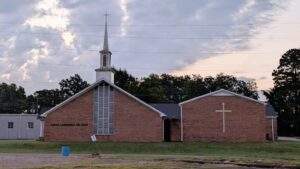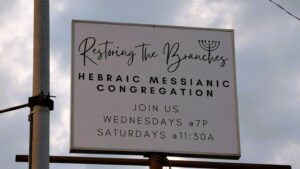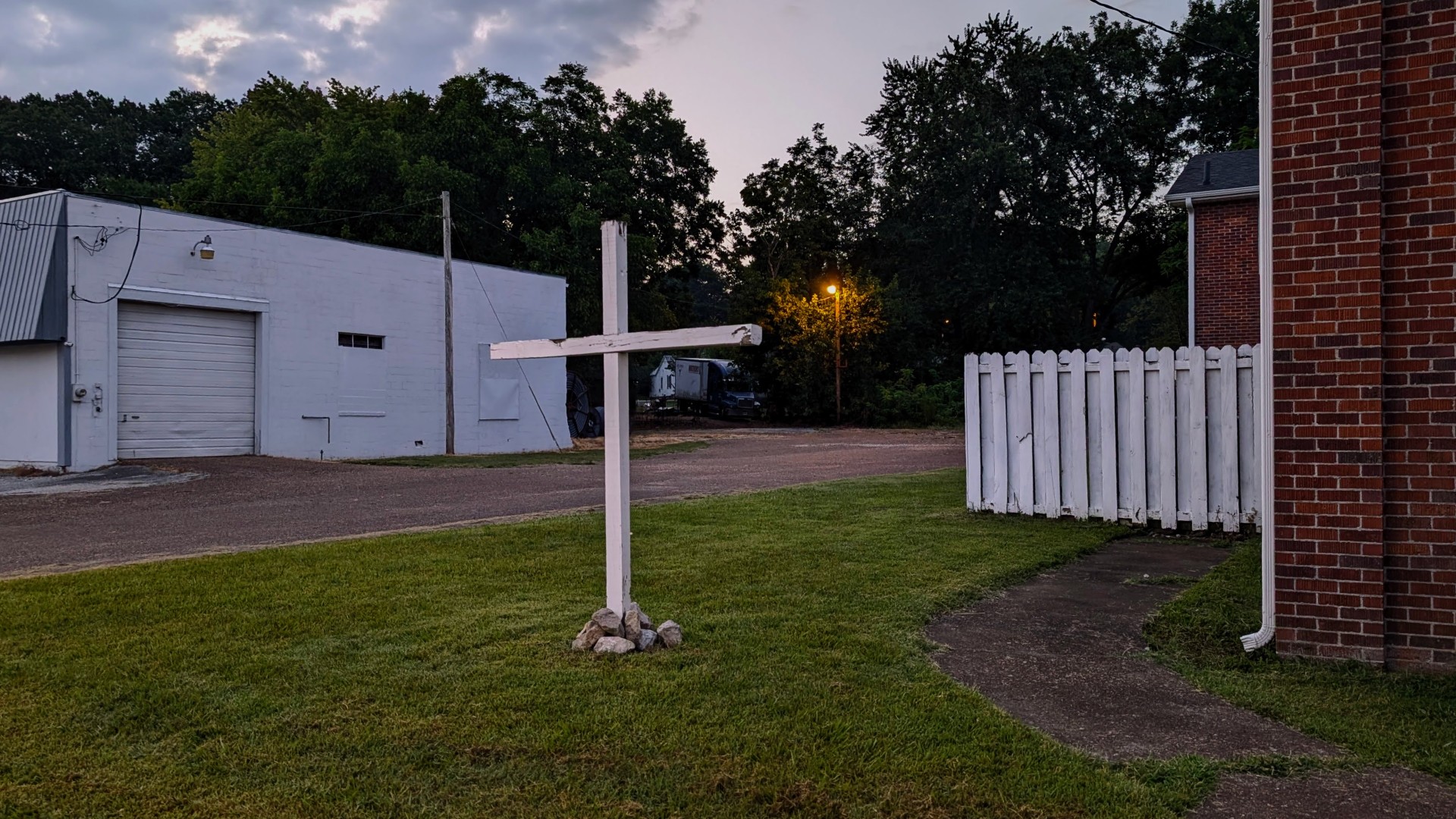![]()
Isn’t it interesting… and a bit strange that in many cities (even small towns) in the US, especially in the South, there are a lot of churches. Mind you, some have been around for a long time, some spring up for a short while and disappear, and others struggle along for years without a clear vision for the future.
Listen, the purpose of this post is NOT to throw stones or heap hot coals on anyone’s head. It is just a thought that I wrestled with while out for an early morning walk. Within 45 minutes, I passed references to nine churches. Some of these houses of worship are familiar to me and others are not.
I started to wonder what caused so many churches to be this close to each other within one small zone in my city. Were they planted out of a genuine ministry need to serve specific neighborhoods or were they born from conflict and strife? I certainly do not know the history of these churches and I do NOT write this to castigate any of them. I have even done a bit of scripture study to see if I could find verses that speak to this situation specifically. As you might suspect, there is not a lot of direct scripture to shed light on this topic. There is, however, a bit of subjective information to address generalities like unity or the lack of it, missional outreach, and cultural influence.
So, I could write pages about this from my own perspective, however, I decided to ask Grok about the view of AI on the matter. Don’t freak out on me. AI can be a valuable tool to do research as long as you understand it has limits and possible biases. Here is the way I posed the question (prompt):
Using the Christian Bible (ESV as an example), are there references as to why, or if it’s appropriate, for the “American Church” to be so segmented? For example, there are often multiple churches within multiple denominations in many small towns.
This was a synopsis that Grok gave me. Honestly, it sounds very logical and well put:
The segmentation of the American church in small towns reflects a mix of biblical, historical, and cultural factors. Biblically, unity is paramount, but diversity within the body is permissible if it serves the gospel without fostering division. Cultural trends—declining membership, non-denominational growth, generational shifts, and polarization—drive segmentation by creating demand for varied worship styles and theological emphases. Contemporary Christians often embrace this as a missional strategy, while traditionalists see it as a risk to unity and doctrinal purity. Both perspectives have merit, but the biblical ideal calls for churches to prioritize cooperation and stewardship, ensuring segmentation serves the gospel rather than personal or cultural preferences.
So, what do you think? Naturally, Grok will not view the subject through a purely biblical lens and does not have the ability to be sensitive to the Spirit. It did reference these verses in an attempt to focus on the importance of unity within the Body of Christ, the Church… interesting, no? (John 17:20–23, 1 Corinthians 12:12–27) Even AI knows that Christian unity is paramount.
Yet, an AI model is based on an enormous body of collective data which it gathers from the world of men and women. From its answer, it seems to have been “listening” to the intent of well meaning believers. Feel free to send us a message or leave a voicemail with your thoughts. Who knows, this topic might be a good source for a podcast episode. What do ya think?

























